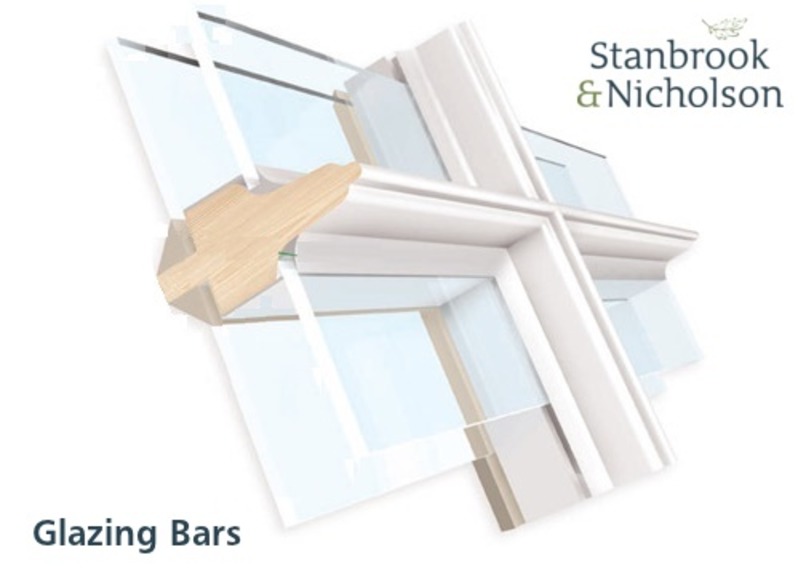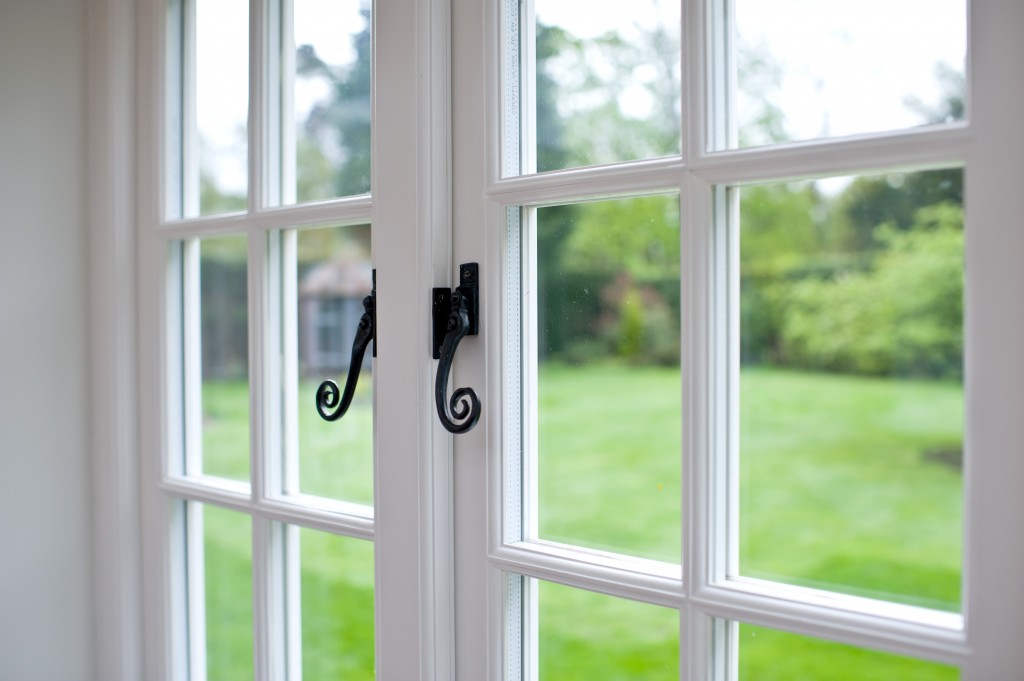What are stuck-on glazing bars?
This is a question I wish I had been given a pound every time I heard it. It has a simple answer: I suppose it is simple for me as I have been doing this for years, but for a customer about to part with a lot of money, it is this sort of jargon that can make the whole buying experience unsettling.
Firstly let me explain how windows used to be made.
Years ago there were no such thing as double glazing. Typically, in a wooden sliding sash window or casement window, you had a thin 4-6mm piece of glass held in a small rebate with putty. Today we still provide this type of window in listed buildings where conservation officers are very strict that the overall look of a building should never be changed.
Over time the glazing industry evolved with new techniques and technologies and this type of glazing on a wide scale is not employed. Drawbacks were terrible heat efficiency, condensation and safety.
So what happened?
I don’t know who it was, but someone somewhere decided putting two panes of glass together with an air gap between would achieve a much higher level of insulation and help reduce condensation problems. Double glazing as we know it was born! Slowly these sealed units started making there way into timber windows but this was often done incorrectly and a lot of windows suffered with poor results in product life.
As an industry, the timber window market has really got to grips with placing these units in timber casements and sashes. Our products now have drained and vented rebates to allow any moisture to be drained away, and to stop the premature break down of the sealed unit. The glass is also typically mounted on a double sided high security glazing tape, adding to the overall security of the product.
But why stuck-on bars?
As the single glazed window had only to hold a piece of glass, it was naturally made with quite small sections as standard. This gave our old buildings lovely thin lines that were crisp and nice to look at. With the advent of double glazing, the two panes of glass were kept apart with a a spacer bar. This bar can be seen when holding an unglazed window and comes into the glass around 13mm from the edge. This, coupled with the need for around a 5 mm air gap, means our once small 9mm rebate is now up to a heavy 18mm.
This is fine in most standard opening casements; we no longer use putty but a timber or composite bead, so the overall look of our windows is still very elegant. The problem arises when we are to put a glazing bar in a timber window.
Due to the now larger rebates, and modern production methods of timber window manufacturers, the now recommended solid glazing bar size is around 45mm! This is over twice the size of some glazing bars in old windows and simply does not look any where near right.
So I get back to my initial point. We can now get round this problem by applying a bar to the surface of the glass. This means the bar has the correct proportions for even the oldest of properties and has the now greater standard thermal efficiency.
Are stuck-on bars better? This the wrong question. They are a compromise between look and efficiency. This is what we tell all our customers and I hope this article has helped your understanding of this piece of jargon.
Be sure to check-out Stanbrook & Nicholson’s bespoke range of Timber and Aluminium Windows.






